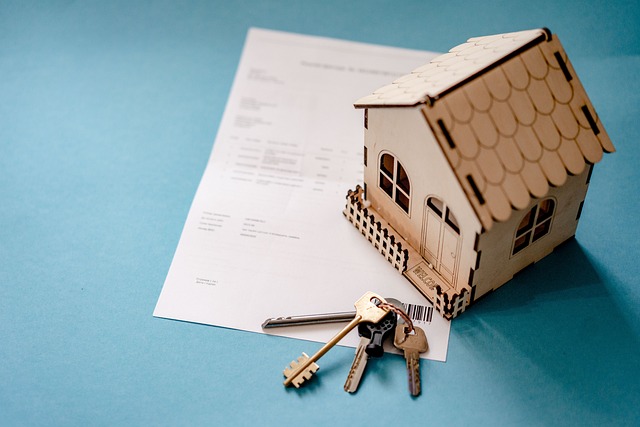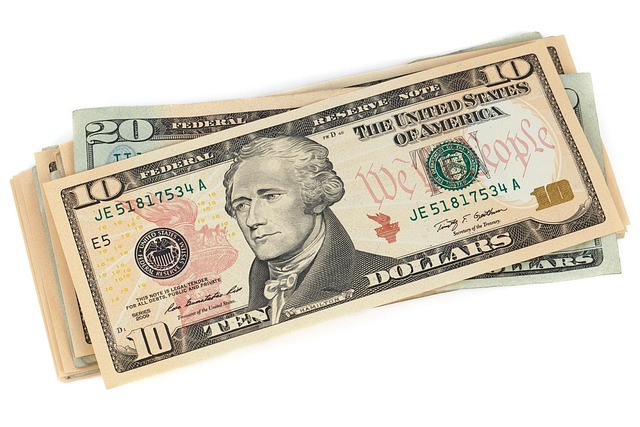Understanding the Title Loan Value to Loan Ratio (TLV/L) is key for Dallas/Fort Worth classic car owners seeking financing. This ratio shows the gap between a vehicle's market value and loan balance, aiding risk assessment and refinancing opportunities. Factors like age and condition impact TLV/L; proper care and documentation can access substantial funds. Optimizing this ratio requires strategic inspections, detailed documentation, and transparent reporting of vehicle history and parts.
In the exciting world of classic automobiles, financing options like title loans offer unique opportunities for enthusiasts. Understanding the critical metric, Title Loan Value to Loan Ratio (LTV), is key to navigating this market. This article delves into the dynamics of LTV, exploring how age and condition impact classic car values and providing strategies to optimize loan-to-value ratios. By mastering these insights, owners can secure favorable financing for their beloved classics.
- Understanding Title Loan Value to Loan Ratio
- Impact of Classic Automobile Age and Condition
- Strategies for Optimizing Loan-to-Value in Classic Cars
Understanding Title Loan Value to Loan Ratio

Understanding Title Loan Value to Loan Ratio (TLV/L) is essential when considering financial options for classic automobiles. This ratio measures the value of a car’s title loan against the overall loan amount, offering insight into the lender’s risk assessment and the borrower’s potential equity. For instance, in Dallas Title Loans or Fort Worth Loans, a strong TLV/L indicates that the vehicle’s true market value is well above the outstanding loan balance, suggesting lower risk for both parties involved. This can be particularly beneficial for classic car owners who may want to access additional funds through loan refinancing, as it demonstrates the vehicle’s inherent worth and the potential for securing more favorable terms.
A healthy TLV/L encourages transparency and responsible lending practices. It allows borrowers to understand how much of their vehicle’s value they are actually borrowing, which is crucial in preserving the asset’s residual value over time. Moreover, lenders benefit from this ratio as it helps them accurately assess the collateral’s worth, thereby influencing interest rates, repayment terms, and overall loan conditions, especially during refinancing processes.
Impact of Classic Automobile Age and Condition

The age and condition of a classic automobile play a significant role in determining its title loan value to loan ratio. Older vehicles, especially those with historical or cultural significance, often command higher prices due to their rarity and collector appeal. These classics may have undergone meticulous restoration processes, ensuring their pristine condition, which can further enhance their value. As a result, lenders might offer more favorable terms, such as lower interest rates or larger loan amounts based on the vehicle’s equity, making it an attractive option for car enthusiasts seeking fast cash.
Conversely, younger classics or those in less-than-perfect condition may face stricter lending criteria. Lenders will carefully assess factors like mileage, maintenance records, and any prior damage to determine a secure loan eligibility level. The title loan value might be lower for these vehicles, but with proper care and documentation, owners can still access substantial funds leveraging their vehicle’s equity.
Strategies for Optimizing Loan-to-Value in Classic Cars

Optimizing the title loan value to loan ratio for classic automobiles involves a strategic approach that balances the vehicle’s historical significance with financial prudence. Enthusiasts often face a unique challenge when securing loans for these vintage treasures, as lenders may have differing opinions on their value. One key strategy is to conduct a thorough vehicle inspection, engaging experts who understand the intricate details and market trends of classic cars. This inspection should not only assess the vehicle’s condition but also compare it to similar models that have recently sold at auctions or shows.
Additionally, borrowers can enhance their loan prospects by being prepared to meet stringent loan requirements. This includes providing detailed documentation on the car’s history, ownership, and any recent restoration work. Demonstrating a solid understanding of the market value and being transparent about any unique features or rare components can also strengthen the borrower’s position. For instance, if the classic car in question has undergone a meticulous restoration with high-end parts, this should be reflected in both the inspection reports and loan application to ensure an accurate title loan value to loan ratio.
Determining the optimal title loan value to loan ratio for classic automobiles involves a delicate balance. By understanding the impact of age, condition, and implementing strategic approaches, owners can secure financing that best reflects the true worth of their cherished vehicles. Optimizing this ratio ensures a fair assessment, allowing classic car enthusiasts to access capital without compromising the integrity of their beloved classics.






